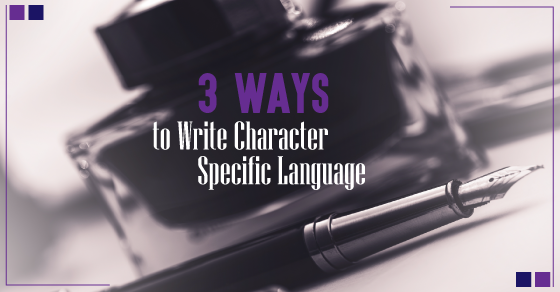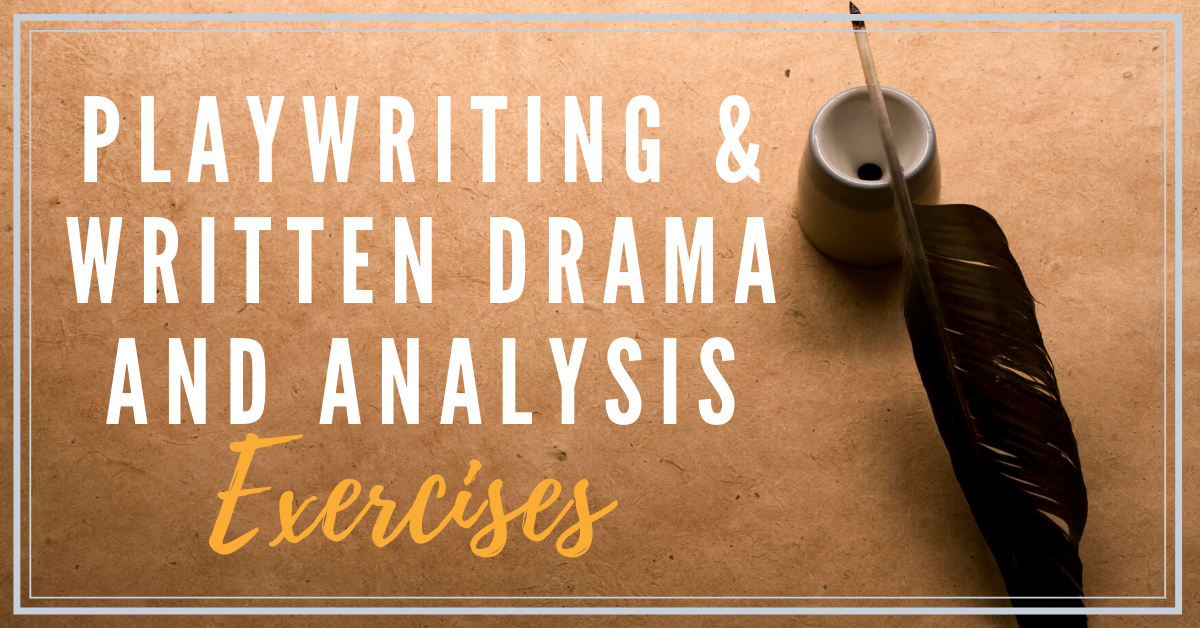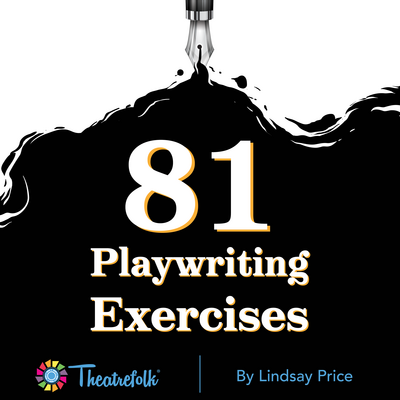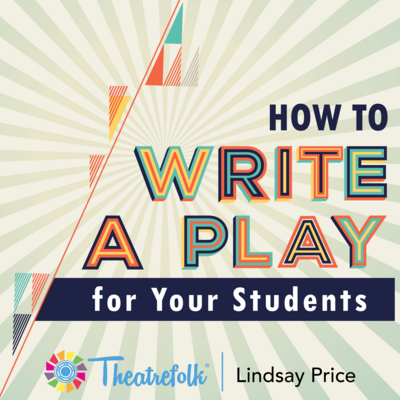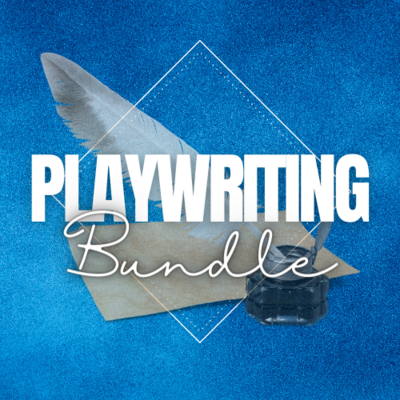Top 3 Ways to Write a Character Specific Voice
If you want your characters to be three dimensional, you have to consider their voice. What words do they choose? What’s the structure of their language? How do they communicate? A character specific voice not only gives an actor something to play, but it also lifts the character off the page. There is no such thing as silent reading in theatre. We want characters to come to life. Defining how a character sounds is an essential part of that process.
How do we define a character specific voice?
1. Define their vocabulary
What words does this character use when they talk? Do they stick to one syllable or do they reach for the ten dollar words? Do they use ten dollar words even when they don’t know what they mean? Do they pronounce them correctly? Do they use words associated with a favourite pastime? For example, if they like Star Wars, do they talk about the Force? If they like football, do they frame everything in terms offense and defense? Do they show off their knowledge of physics or fashion? Word choice is key to creating a specific character.
Exercise
Play with word choice by putting two different characters into the same scenario. The location is a courtroom. The situation is that one of the characters is trying to talk the judge out of giving them a parking ticket. Define the vocabulary for each of these characters. What words would they choose to communicate to the judge? Do they succeed in the end? Does their word choice improve their situation or make it worse?
- Scientist
- Fashion Model
- Artist
- Computer Programmer
- Chef
- Ballet Teacher
- Lawyer
- Construction Worker
- Librarian
- Personal Trainer
2. Define their language structure
Once you look at the “what” of your character’s voice, you want to look at the “how.” How are their sentences constructed? Do they speak with grammatical correctness or with a lot of sentence fragments? Do they say “I am unfamiliar with that term,” or “I don’t know” or “Dunno”? Do they speak in short, clipped sentences or long, run-on sentences? What is the character’s primary punctuation? Do they speak in blunt statements or exclamations? Do they go off on tangents? Defining the “how” in a character’s voice is the best way to write the sound of a character. It also gives the actor playing that role a playbook in terms of vocal pace, speed, tone, and tension.
Exercise
Write a monologue using the same scenario with two different characters. A boy is asking the head cheerleader out on a date. Be specific with the language structure. Depending on the boy’s character, what is his primary punctuation? Sentence length? Does he use contractions? Does he speak in complete thoughts or sentence fragments?
- Debate Team Member
- Quarterback
- AV Club Member
- Student Council President
- Math Club Member
- Environment Club Member
- Yearbook Editor
- School Spirit Leader
3. Define how they communicate
Theatre is a communicative form. A character’s main job is to communicate their story, viewpoint, and personality to an audience. Decide how you want the audience to perceive a character and how well you want the character to communicate. Is your character direct? Are they vocally high status? Do they tell the truth all the time? Do they speak in statements? Do they get to the point? Do they state their opinions with confidence?
Or is your character indirect. Are they vocally low status and insecure? Do they take forever to get to the point? Do they peeter off at the end of their sentences? Or punctuate every line with a nervous laugh? Do they verbally meander? Do they lie?
Once you decide what a character says, and the structure of their speech, you can establish a character’s specific voice.
Exercise
Choose one of the character types from the previous exercises. Write a monologue in which that character talks to their parents about something they’ve done. Before you start, decide if the character is direct or indirect.
- If your character is direct , then your character is: confident, truthful, concise, and is high status.
- If your character is indirect , then your character is: insecure, untruthful, rambles, and is low status.
Include all four elements in the monologue. Variation: Choose a character who is typically indirect and write them as direct for this scenario, and vice versa.
*Note: For all the exercises in this post, “type” characters are used. This is to give students an instant visual and a doorway into the writing. Certainly, as you move forward with character specific writing, it will become less about the “type” and more about using these tools to create dimension.
Related Articles
81 Playwriting Exercises
by Lindsay Price
81 exercises that can be used to get students in the habit of writing on a regular basis.
How to Write a Play for your Students
by Lindsay Price
You’ve chosen to write a play for your students! Where do you start?
Resource Bundle - Playwriting
Use these 4 Playwriting drama teaching resources to make playwriting possible with your students. Great for warm-ups, prompts, writer's block and more!
